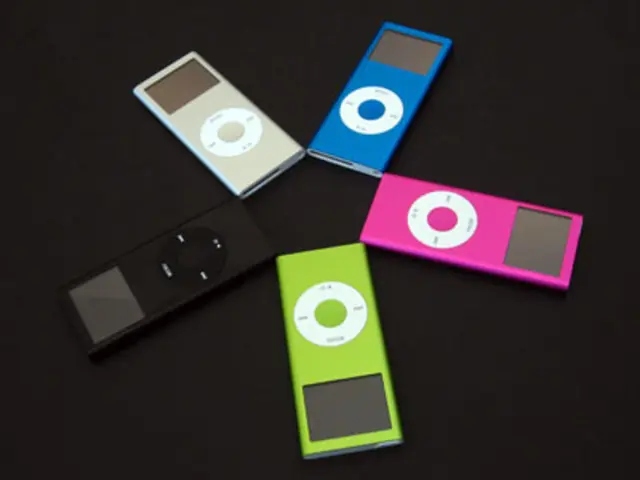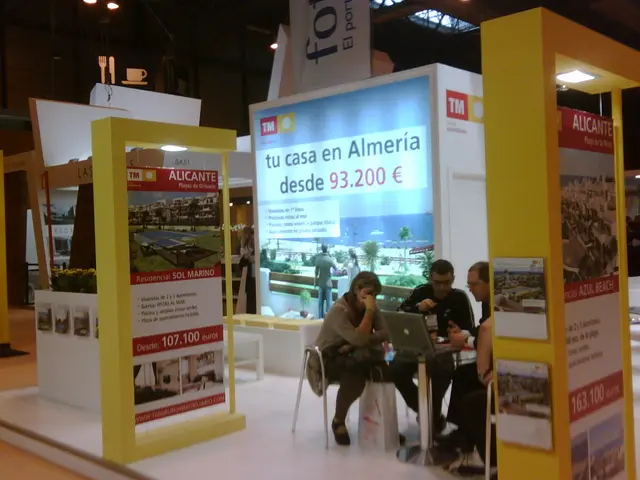DIY Projection Clock Showcases Hours and Minutes onto Wall
Creating a Low-Cost Projection Clock: A DIY project by Thomas Pototschnig
Looking for a unique timepiece that adds a touch of fun to your decor? Consider building a low-cost projection clock, inspired by the project outlined by Thomas Pototschnig. This DIY project utilizes an LCD screen, LED backlight, lens, PCBs, and a 3D printer to create a budget-friendly, customizable, and impressive clock.
Components
To create your projection clock, gather the following materials:
- Small LCD display (e.g., ST7735 or ST7789)
- LEDs for backlighting the LCD
- Convex lens for focusing the projection
- PCBs for the control board and backlight circuit
- 3D printer for constructing the enclosure and projection mechanism
- Arduino-compatible STM32 control board (e.g., STM32F103C8T6)
- Power supply (battery or wall adapter)
- Jumper wires for connections
- Breadboard (optional, for prototyping)
Instructions
Follow along with these step-by-step instructions to build your low-cost projection clock:
1. Prepare the Electronics
- Mount the Arduino-compatible STM32 control board and connect it to the LCD display according to the display's pinout. Install the necessary libraries for the display in your Arduino/STM32 IDE.
- Create a circuit for the backlight, connecting LEDs in series or parallel as needed, and including a resistor for current control. Connect the backlight circuit to a digital pin on the control board for regulation.
2. Design and Print the Enclosure
- Use software like Fusion 360 or Blender to design the enclosure and projection mechanism, ensuring a snug fit for all components.
- Print the designed parts using your 3D printer, selecting a suitable material for durability and aesthetics.
3. Assemble the Projection System
- Create a mount for the lens to focus the image correctly.
- Mount the LCD display within the enclosure, aligning it with the lens.
- Install the LED backlight around the LCD display, ensuring even illumination.
4. Implement the Control Logic
- Write code for timekeeping using an external library like NTPClient or an internal RTC (Real-Time Clock).
- Design the display content, showcasing the time, date, and temperature if desired.
- Incorporate user adjustments for time and brightness through buttons or a potentiometer.
5. Final Assembly
- Assemble all components within the 3D-printed enclosure.
- Connect all electronic components to the control board and secure the connections.
- Connect the power supply to the control board.
6. Testing
- Power on the device to confirm proper display and projection.
- Adjust focus, brightness, and time settings as needed.
This innovative DIY project not only provides you with a functional timepiece but also offers room for expansion, as the clock runs on an Arduino-compatible board capable of handling various additional features.
For more details and options related to the case design, check out Thomas Pototschnig's released files. These files include a number of case designs compatible with C-mount and Sony E-mount lenses, which can be useful if you have a spare E-mount lens on hand. While you may find some intrigue in applying your camera lenses to this homemade projector, it is essential to consider the durability and damage risks associated with such an attachment.
Tapping into Thomas Pototschnig's design not only encourages creativity and problem-solving, but also allows you to build a truly unique, low-cost, and functional projection clock. Good luck with your DIY journey!
By following these steps, adapting the code for your components, and employing your imagination, you can create an attractive, functional, and versatile projection clock inspired by Thomas Pototschnig's original design.
This DIY project, inspired by Thomas Pototschnig, uses an Arduino-compatible STM32 control board, PCBs for the control board and backlight circuit, and a 3D printer for the enclosure and projection mechanism to create a unique, low-cost projection clock. With LEDs for backlighting the LCD, a convex lens for focusing the projection, and the ST7735 or ST7789 display, this technology-driven DIY creation serves as both a functional timepiece and an impressive statement piece for your decor.
![Affordable projection clocks abound, but according to [Thomas Pototschnig], the real joy lies in...](/en/img/20250526174348_image-description-sunset-over-mountains-landscape-nature-outdoor-serene-peaceful-tranquil-beautiful-scenic-mountain-range-golden-hour-dusk-horizon.jpeg)



